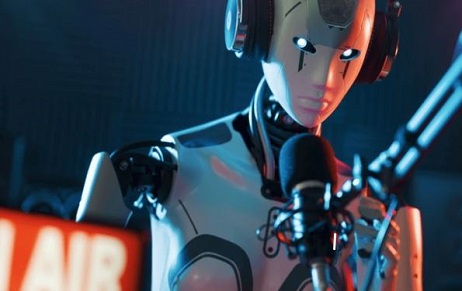Any successful café, restaurant, or retail establishment's environment is greatly influenced by its music. It…
Copyright v. Design: Where is the Balance Line?
It’s not surprising to note that there is ambiguity concerning the overlap between copyright as well as design laws in India. The effect has touched the art industry as well as works leading to the design of commercial products. All types of legal queries come into the picture when there is the commercialization of a work of art such as whether its reproduction is limited to 50 or not, etc. The best place to start looking for an answer could be the Designs Act 2000. A “Design” excludes specifically works of art (artistic work) which is eligible to be protected under copyright. The span of protection which copyright extends is much longer than that of design. Many judges have opined that if a work of art is a pure translation of the artist’s vision into canvas, then it is artistic work comes within the purview of copyright protection. On the other hand, creating art with the intention of mass commercialization could no longer be entitled to copyright protection but is a design with a monopoly extending to just 15 years.
However, protection similar to designs could be obtained under copyright protection as well by the virtue of Section 15(1) of the Copyrights Act, 1957 with the limitation that the protection of such designs is limited to 50. The protection ceases upon the 51st production.
Now let us understand the situation with the help of case studies,
- Microfibres vs. Girdhar& Co, 2009
The plaintiff’s company created some artistic patterns which were original and were used as prints for upholstery fabrics. The defendant was also in the same business and came out with similar prints on fabrics. The plaintiff filed a suit against the defendant for copyright infringement. The defendant’s contention was that the plaintiff’s work was not a work of art that would be eligible for copyright protection but rather it was a design that was to be registered under the Designs Act, 2000
The Delhi High Court took the view that the fabrics brought up by the defendant were indeed derived from the artistic patterns which belonged to the plaintiff. However, the plaintiff was not meant to use the art for commercial exploitation and as it was protected under copyright and not a design. Thus, no relief was provided to the plaintiff. The court further opined that there is a difference that exists between arts created independently and that created for application through an industrial process. The object behind the work determines the nature of protection it is covered under.
On appeal, the division bench (comprising two judges) held that an artist’s objective at the time of creating an artistic work was indistinguishable and is not to be brought under consideration. The original work artistic work would be protected by copyright or its copies which would be used in the industrial application are to be protected separately as a design under the Designs Act.
An issue was further raised as to whether the derived images could qualify for copyright protection? The court refused so and opined that the same would result in the destruction of the very purpose of copyright protection.
This judgment is thought to be and is considered as the harmonization of the Copyright and the Design Act so that the legislative intent is fulfilled.
The judgment of the Court in Vishvajeet Sharma v State also reiterated the same.
JagdambaImpexv.Tristar Products, May 2014
Tristarobtained copyright protection for 2D industrial drawings. These drawings were later used to manufacture 3D equipment which made combs. Jagdamba later started manufacturing combs through machines that were identical to Tristar. Initially, Tristar succeeded in its application to restrain Jagdamba from producing these combs. But, on appeal, the court opined that the industrial drawings as of Tristar had no independent artistic existence and hence its copyright protection ceased to exist when it produced its 51st article under Section 15(2) of the Copyrights Act, 1957. As these drawings were not registered under designs, Tristar was not entitled to any relief.
On appeal before the Supreme Court, the apex court directed the trial court to examine independently and the decision is awaited.
In Photoquip India v. Delhi Photostore
Machine drawings were created by the plaintiff for making pilot moulds which further manufactured flashlights and acquired copyrights over the drawings as well the moulds. The plaintiff sued the defendant for copyright infringement contending that they produced flashlights based upon the plaintiff’s drawings. The court held the plaintiff’s drawings to be artistic works and further opined that the flashlights which were produced by the defendant could be manufactured only when they were based upon the plaintiff’s drawings and hence were in violation of the plaintiff’s copyright protection.
With conflicting opinions and judgments, it indeed becomes a subject matter of which we need to track future development. The ambiguity has brought down a hazy environment for both copyright as well as designs and we expect the competent courts to clear all directions concerning the matter in the near future.
Author: Maahi Mayuri, BBA LLB, New Law College, Pune, Intern at Khurana & Khurana, Advocates and IP Attorneys. In case of any queries please contact/write back to us at Niharika Sanadhya
<niharika@khuranaandkhurana.com>
References:
[2] https://spicyip.com/2014/05/a-note-on-ms-jagdamba-impex-v-ms-tristar-products-pvt-ltd.html
[3] https://spicyip.com/tag/copyright-design-interface
[4]https://repository.ihu.edu.gr/xmlui/bitstream/handle/11544/29056/v.bogiatzi_ale_27-04-2018.pdf?sequence=1



